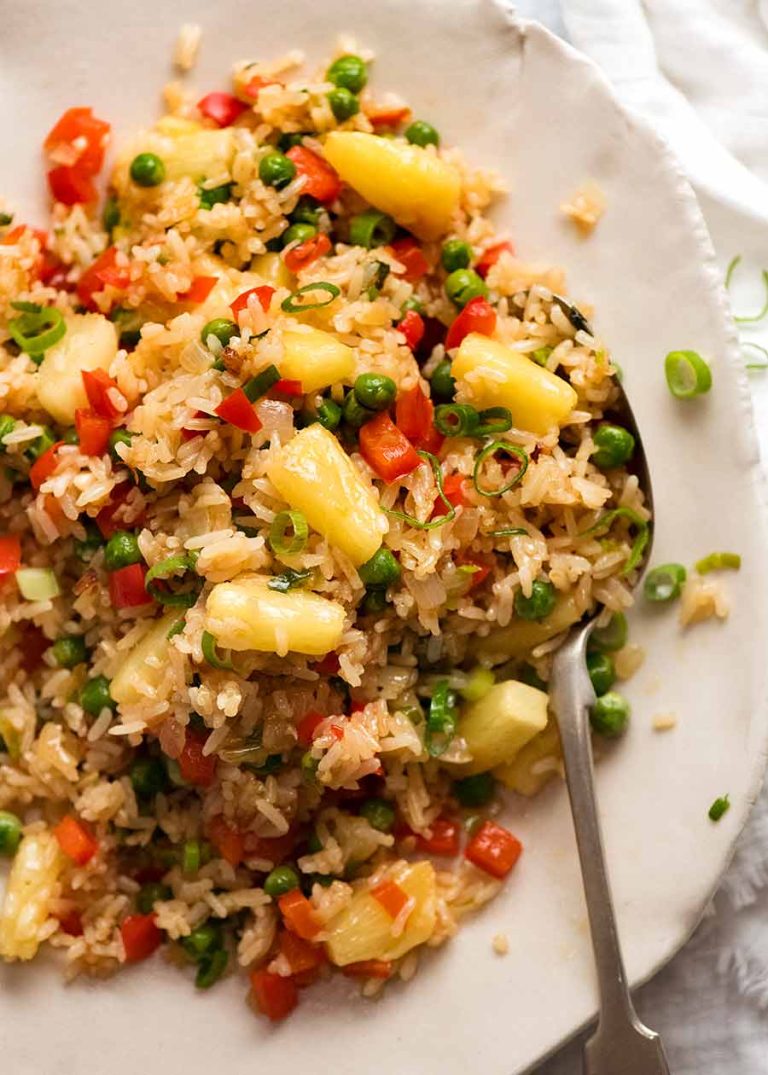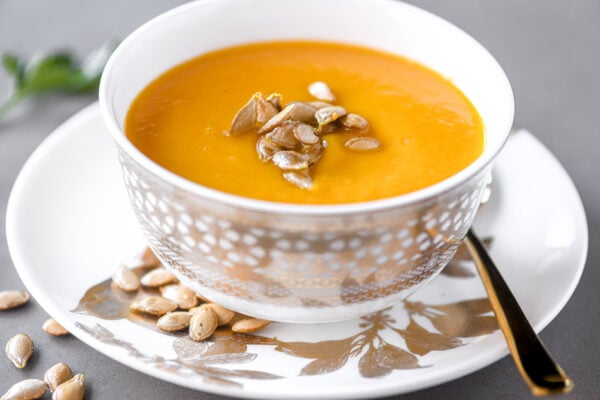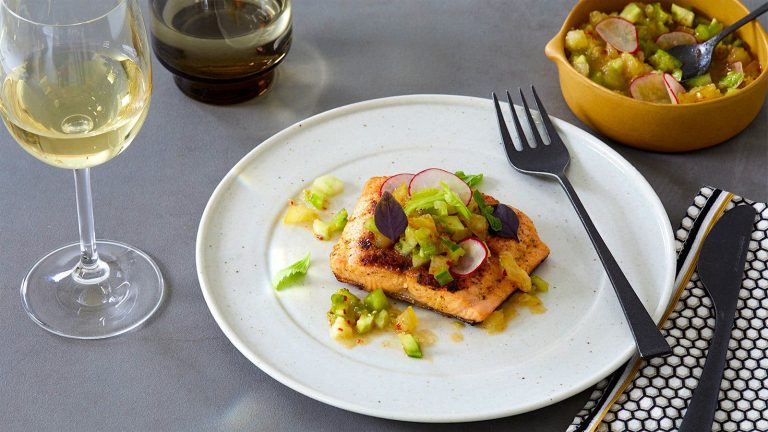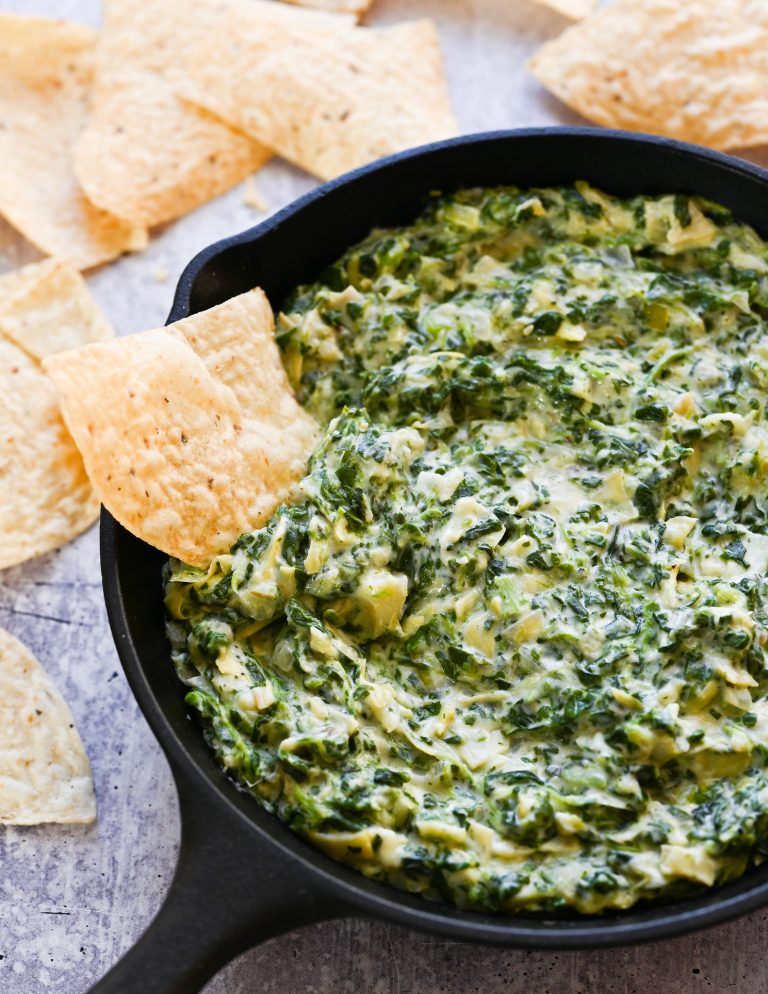Dolmas Stuffed Grape Leaves: Discover the Rich History and Recipe
Dolmas, known for their tender grape leaves filled with savory mixtures, originate from the Middle East, particularly the Anatolian region. Historically, the dish’s name derives from the Turkish word “dolmak,” meaning “to be stuffed,” echoing its core preparation method. Greek, Turkish, Armenian, and Middle Eastern cuisines each showcase variations of dolmas, underlining their cultural significance across the Mediterranean. These regions cultivated grapevines for centuries, symbolizing bountiful harvests, hospitality, and community celebrations. Dolmas served during significant events like weddings and religious ceremonies emphasize their role in fostering shared cultural heritage.
Evolution of the Recipe
The dolma recipe evolved through centuries, incorporating regional spices and ingredients. Initially, grape leaves enveloped simple combinations of rice and herbs. As the dish spread, it adapted to local tastes, integrating lamb, pine nuts, and cinnamon in Middle Eastern variants, or a lemony rice blend in Greek versions. Byzantine influences introduced rice and grape leaves to new territories, and the Ottoman Empire further diversified dolmas, adding tomatoes, eggplant, and peppers. Today, you find myriad versions throughout the Mediterranean, reflecting historical trade routes, conquests, and cultural exchanges linking past and present culinary traditions.
Ingredients Used in Dolmas
Key Components and Variations
Dolmas consist of a number of key components, with grape leaves serving as the essential outer layer. Grape leaves wrap the filling, imparting unique texture and flavor. Cooked rice often forms the core component of the filling across many cultural variations.
Key Components:
- Grape Leaves: Fresh or jarred leaves, thoroughly rinsed.
- Rice: Medium or long-grain rice absorbs flavors during cooking.
- Onions: Chopped, often sautéed for sweetness.
- Herbs: Parsley, dill, or mint add fresh, aromatic notes.
- Spices: Allspice, cinnamon, and pepper provide depth.
- Olive Oil: Extra virgin olive oil enhances richness and moisture.
- Lemon Juice: Adds acidity and balances flavors.
Variations:
- Greek Dolmas: These often feature a lemony rice blend with pine nuts, raisins, and fresh herbs like dill and mint.
- Turkish Dolmas: Frequently include minced lamb or beef, with spices such as cinnamon, allspice, and pine nuts for additional texture.
- Middle Eastern Dolmas: Variations may use ground meat and unique spices like sumac, adding a tangy flavor. In some versions, tamarind paste intensifies the tanginess.
- Armenian Dolmas: Similar to Turkish versions, but often accompanied by a garlic yogurt sauce.
Health Benefits of Ingredients
Ingredients in dolmas offer numerous health benefits, making the dish both tasty and nutritious.
- Grape Leaves: Rich in antioxidants, fiber, and vitamins A and K, they promote heart health and support immune function.
- Rice: Provides essential carbohydrates for energy and contains vital nutrients like B vitamins.
- Onions: Packed with vitamins C, B6, and folate, they possess anti-inflammatory properties.
- Herbs: Fresh herbs like parsley and dill contain antioxidants and have anti-inflammatory effects.
- Spices: Cinnamon and allspice offer antioxidant properties and aid in digestive health.
- Olive Oil: High in monounsaturated fats, it supports cardiovascular health and reduces inflammation.
- Lemon Juice: Excellent source of vitamin C and aids in maintaining a balanced pH level.
Through the thoughtful combination of these ingredients, dolmas provide not only rich flavors but also substantial nutritional benefits.
How to Make Dolmas Stuffed Grape Leaves
Preparing the Filling
Combine finely chopped onions, fresh herbs (such as parsley, dill, and mint), and spices (including allspice and cinnamon) in a large bowl with olive oil. Add rice and mix until everything’s well-incorporated. To enhance the flavor, opt for medium-grain rice. Sauté this filling mixture in olive oil over medium heat for about 10 minutes, stirring frequently to prevent sticking. Add water or vegetable broth to the mixture, bring it to a simmer, and let it cook until the rice is halfway done, usually about 10 minutes. Adjust seasoning with salt and pepper. The filling should be flavorful, slightly undercooked, and moist, not dry.
Wrapping Techniques
Use tender grape leaves for the best results. Rinse them thoroughly to remove excess brine if using jarred leaves. Lay a leaf flat on a work surface with the shiny side down and the vein side facing up. Place a teaspoon of filling near the bottom (stem) end of the leaf. Fold the bottom over the filling, tuck in the sides, and roll up tightly to enclose the filling, much like you would roll a burrito. Repeat until all filling and leaves are used. Arrange the rolled dolmas snugly in a pot, seam side down, and drizzle with olive oil and lemon juice. Add water or broth to the pot until the dolmas are barely covered. Place a heatproof plate on top to keep them from unrolling during cooking. Simmer on low heat for 40-50 minutes until the leaves are tender and the filling is cooked through.
Serving and Pairing Suggestions
Traditional Accompaniments
Dolmas pair well with classic Mediterranean sides. Serve them chilled or at room temperature. Include yogurt dip with garlic (tzatziki) or plain yogurt as a side. These dips enhance the tangy flavor of grape leaves. Also, add slices of fresh lemon. Lemon wedges let guests squeeze juice over their dolmas, boosting the citrusy taste. Mint leaves or dill sprigs also make excellent garnishes, providing a refreshing aroma and subtle flavor.
Modern Serving Ideas
Innovate with contemporary approaches to serving dolmas. Arrange them on a charcuterie board, featuring a mix of antipasto items like olives, cheeses, and cured meats. This arrangement brings a Mediterranean touch to your appetizers. Alternatively, use dolmas as a component in salads. Mix with greens, cherry tomatoes, cucumbers, and feta cheese. The blend of textures and flavors complements the dolmas’ savory nature. For a more substantial meal, pair dolmas with grilled proteins, such as chicken or lamb, providing a balanced and flavorful dish.
Conclusion
Dolmas offer a delightful blend of flavors and textures that are both nutritious and satisfying. Whether you enjoy them as a traditional dish or incorporate them into modern meals, they bring a touch of the Middle East to your table. From their rich history to their versatile serving options, dolmas are a culinary treasure worth exploring. So next time you’re looking for a unique and flavorful dish, give dolmas a try and savor the taste of this timeless delicacy.






